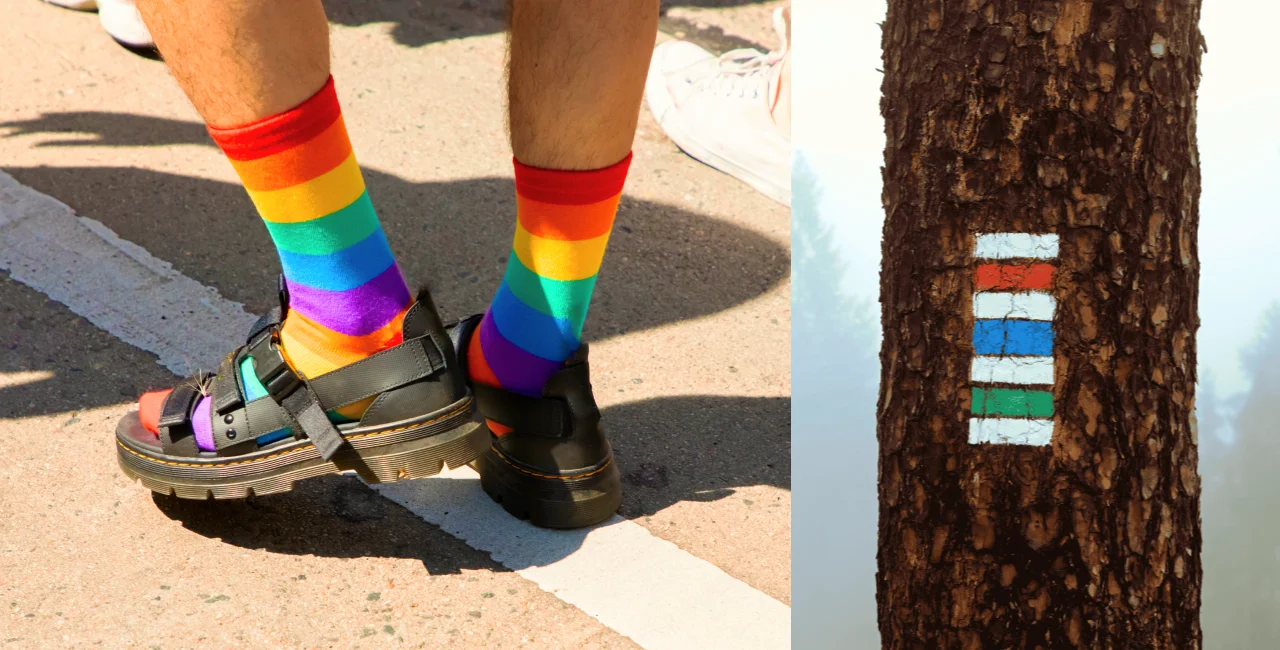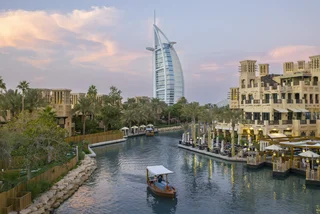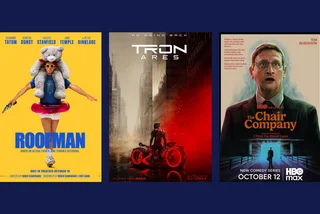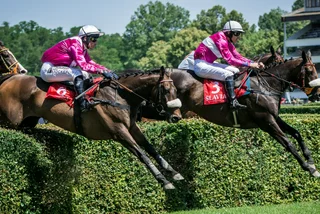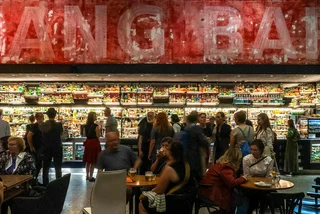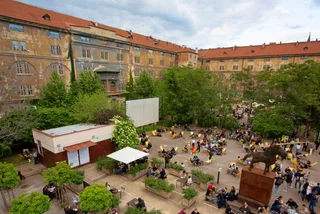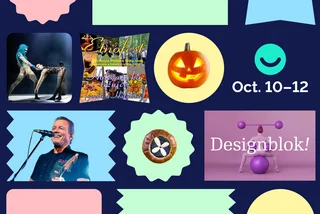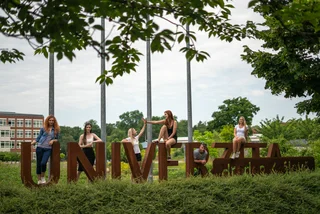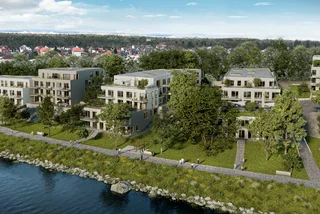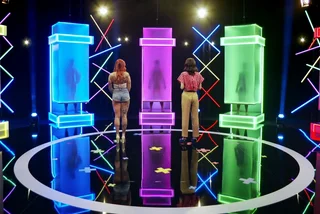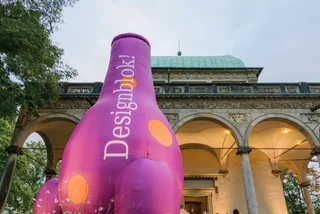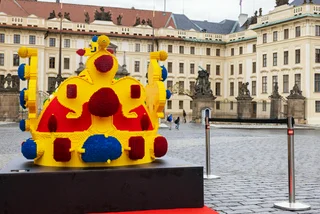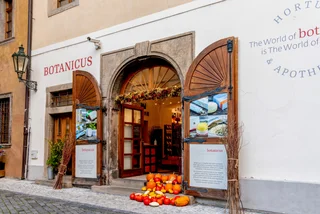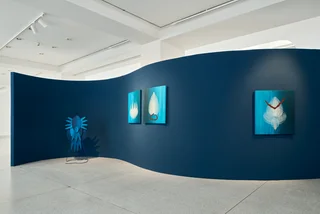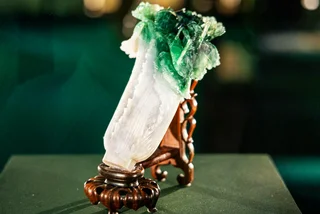For many in Czechia, hiking isn’t just a pastime; it’s part of national identity. But there’s one story these trails have never told—the story of queer life. That changes from July 28 with Rainbow Trails, a new initiative from Prague Pride and the Society for Queer Memory, which weaves LGBTQ+ history into one of the country’s most beloved traditions.
The project, headed by historian and activist Ladislav Jackson, introduces three curated walking routes through Prague that highlight lesser-known sites of queer significance, from drag venues and protest sites to private homes that once served as gathering places when public expression wasn’t an option.
PARTNER ARTICLE
“If there’s anything deeply Czech, it’s hiking, day trips, the Czech Tourist Club, those classic blue, yellow, red, and green trail markers, educational nature path… It’s a collective hobby we can be proud of,” the organization writes on its website.
A walk through queer Prague
The first route, titled “Prague Has Always Been Queer,” connects venues associated with drag culture, artistic expression, and early activism. It begins on Střelecký Island, once home to U Střelce, a 1990s drag cabaret that drew crowds of up to 140 in a former Socialist Youth Union warehouse.
From there, the trail moves into central Prague. A stop at Novotného lávka marks the childhood home of Eduard Cupák, considered the first openly gay Czech film star. Nearby, the popular nightclub Karlovy lázně (now better known for its foam parties) once operated as a bathhouse that served as a discreet meeting place for gay men in the early 20th century.

One of the more sobering stops is Old Town Square, where in February 1990, shortly after the Velvet Revolution, a small group of LGBTQ+ activists held a protest demanding equal rights. The protest was met with hostility.
Writer Václav Jamek later recalled being called names and "threatened with castration." Just minutes earlier, President Václav Havel had given a humanist speech from the same square.
After-hours archives
The second route, “Discover T‑Club and Other Iconic LGBT+ Places,” takes urban hikers into Prague’s nightlife and underground culture. Many of the places on this trail, like T‑Club, Café Europa, and Viola, existed in the shadows during communism, when homosexuality was still criminalized or deeply stigmatized.
Viola, a poetic wine bar founded in the 1960s, was known for its avant-garde spirit and for introducing Czech audiences to beat poets like Allen Ginsberg.

At Rosenbaum’s Fashion Salon, gay designer Oldřich Rosenbaum built an international clientele while offering a safe and affirming space for Prague’s queer creatives, until he was forced to flee the country in 1938 due to both his Jewish heritage and his sexuality.
Another stop is the editorial office of The Voice of the Sexual Minority, a short-lived but groundbreaking magazine published in 1931. It was one of the earliest Czech-language publications to speak openly about gay life.
Homes as havens
The final route, “Apartments as Queer Gathering Places,” offers a more intimate look at queer life behind closed doors. These homes were not just private residences; they were sanctuaries, salons, and spaces for connection when public life offered little safety.
Stops include the former apartment of director Václav Krška, who hosted informal literary gatherings that quietly shaped mid-century queer culture, and the residence of actor Eduard Kohout, known as “the Prince of Kampa,” who lived just steps from the Vltava.
Perhaps the most moving stop is the home of Julie “Gill” Sedláčková, author of the 1937 novel The Third Sex. One of the earliest known lesbian novels in Czech literature, it dared to portray same-sex love not as a tragedy but as part of the human experience.

Pride on the trail and beyond
The Rainbow Trails are open to anyone, with routes clearly marked online via Mapy.cz, and descriptions available in English and Czech. Each stop includes historical context drawn from archives, oral history, and Teplá Praha, a guidebook to Prague’s queer past.
While the project was developed for this year’s Pride Festival, the trails will remain publicly accessible long after the rainbow flags come down.
The initiative ties in neatly with the 2025 Prague Pride theme, “Where Is My Home?” which draws from the Czech national anthem to highlight the struggles queer people face in finding safety and belonging.
As LGBTQ+ rights come under threat in parts of Europe, the theme asks urgent questions about when to leave an unwelcoming place and what it means to stay.
🌈 How to Explore the Rainbow Trails
Trail 1: Prague Has Always Been Queer: Pride Village to Pride Park (starts at Střelecký ostrov, map here.
Trail 2: Discover T‑Club: Pride Village to Pride House (starts at Střelecký ostrov, map here).
Trail 3: Apartments as Queer Gathering Places: Pride Village to Pride Café (starts at Tyršův dům, map here).
Maps and info
Available at Mapy.cz and Prague Pride rainbow trails
Prague Pride runs this year from July 28-Aug. 3.












 Reading time: 4 minutes
Reading time: 4 minutes 